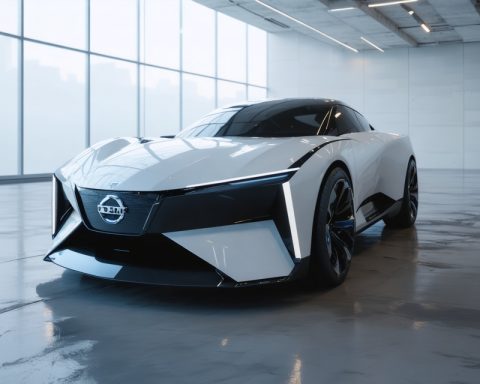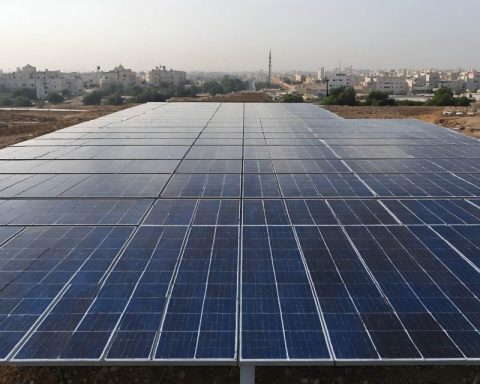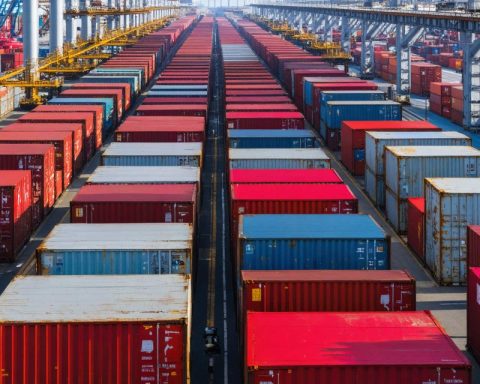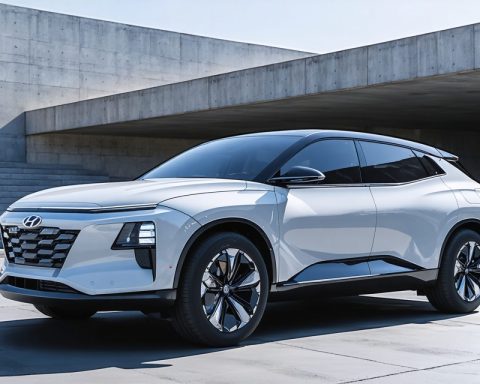- India is on track to become a global leader in green hydrogen production, leveraging its vast solar and wind energy resources.
- The country aims to ensure renewable energy supply 24/7 to make green hydrogen cost-competitive.
- Challenges remain in reducing production costs, which currently stand at around $5 per kilogram, despite significant efforts from the National Green Hydrogen Mission.
- India’s potential for decarbonizing industries such as steel and shipping is significant if coordinated with policies and global partnerships.
- Companies like Gentari are investing in ambitious projects to strengthen India’s renewable energy infrastructure, particularly in green ammonia production.
- Gentari’s utilization of Indian renewable resources with a capacity of 6 GW showcases integration into a larger framework of clean energy.
- India is rapidly advancing in the green hydrogen sector, becoming a key player in the global market.
India stands on the brink of an energy revolution, uniquely positioned to become a powerhouse in green hydrogen production. With vast plains dotted with solar panels and winds driving turbines along its coasts, the country could soon lead in sustainable energy solutions. At the heart of this movement lies the relentless pursuit of ensuring renewable energy supply 24/7, a key element in making green hydrogen truly competitive.
In the modern energy landscape, scaling green hydrogen is like orchestrating a symphony. Everything must harmonize—from optimizing electrolyzers to ensuring smooth logistics— to lower costs, which currently hover around $5 per kilogram. However, challenges still remain. Despite the efforts of the National Green Hydrogen Mission, this journey has been gradual, reminiscent of the early days of solar energy.
The narrative is clear: India’s potential in decarbonizing industries such as steel and shipping is immense. Policies that align with global partnerships and abundant natural resources can transform the country into a vanguard of clean energy. Companies like Gentari are already sowing the seeds of this green hydrogen-led growth, with ambitious projects in Tamil Nadu and Karnataka suggesting an era where green ammonia meets our needs sustainably.
With robust infrastructure and collaboration, Gentari plans to harness domestic renewable resources with a capacity of 6 GW, seamlessly integrating them into a larger framework of green energy. By powering green ammonia production facilities with projects promising uninterrupted supply, India is not only meeting its energy needs but also becoming a beacon in the global “green hydrogen” economy.
Upcoming insights: the green hydrogen ecosystem may be young, but India is sprinting to the forefront—ready to leap when technology gains its momentum.
Why the green hydrogen revolution in India could transform global energy
Steps and life advice: Scaling green hydrogen in India
1. Optimizing electrolyzers: Currently, the efficiency of electrolyzers that split water into hydrogen and oxygen using electricity is crucial. Improvements in membrane technology and catalysts can enhance efficiency, which is essential for reducing costs.
2. Utilizing renewable energy: With India’s capacity for solar and wind energy production, harnessing these resources for green hydrogen production can provide a steady and clean energy source, making it competitive with fossil fuels.
3. Government policies: Understanding and adapting to government programs, such as subsidies and infrastructure investments, are key to covering initial costs and encouraging industry participation.
4. Global partnerships: Forming alliances with leading international entities to facilitate technology transfer and investment, ensuring the deployment of modern technologies in hydrogen production.
5. Infrastructure development: Investing in modern infrastructure for hydrogen storage and transport can mitigate potential bottlenecks in distribution.
Real-world application examples
– Decarbonizing industries: Sectors such as steel production and shipping have high carbon emissions. By utilizing green hydrogen, India could significantly reduce emissions and set a global standard.
– Transport: Developing hydrogen fuel cells for vehicles could revolutionize the Indian automotive industry, offering an alternative to traditional fossil fuels.
– Energy storage: The role of hydrogen as an energy carrier makes it ideal for storing excess energy generated from renewable sources, balancing supply and demand.
Market forecasts & industry trends
According to the International Energy Agency (IEA), global hydrogen demand is expected to increase sixfold by 2050, with India poised to capture a significant share of this market. The National Green Hydrogen Mission of India aims to produce 5 million tons of green hydrogen by 2030, indicating substantial growth potential.
Security and sustainability considerations
Safety: Emphasizing the need for safe production sites and robust transport measures is crucial in handling hydrogen due to its flammable nature.
Sustainability: Innovations in hydrogen electrolysis processes that conserve water will be necessary, especially in regions with limited water resources essential for sustainable hydrogen production.
Features, specifications, and pricing
Cost: Current production costs for green hydrogen are around $5 per kilogram. Technological advancements and economies of scale are expected to lower these costs to $1-2 per kilogram by 2030.
Technical specifications: Modern electrolyzers are being designed for increased durability and efficiency to optimize production processes, with many capable of generating hydrogen using energy directly from renewable sources.
Overview of advantages and disadvantages
Advantages:
– Environmental benefits: Significantly reduces greenhouse gas emissions.
– Energy independence: Reduces reliance on imported fossil fuels.
– Economic growth: Drives investment and job creation in the renewable sector.
Disadvantages:
– High initial costs: Significant capital required to launch.
– Technological challenges: Current technology requires advancements to realize efficiency gains.
– Water requirement: High consumption in production processes.
Recommendations for action
– Political advocacy: Engaging in policy to ensure favorable regulations for hydrogen production and usage.
– Focus on innovation: Supporting research and development to enhance electrolyzer efficiency and reduce costs.
– Investments in infrastructure: Prioritizing the development of hydrogen storage and distribution infrastructure.
Quick tips
– Stay informed: Keep track of industry news and updates from reputable organizations, such as the International Renewable Energy Agency (IRENA) and International Energy Agency.
– Collaborate: Engage with global companies to leverage technological advancements in the hydrogen sector.
India’s vision extends beyond national benefits, embracing a global role in sustainable energy transformation. By harnessing its vast resources and implementing strategic policies, India is poised at the forefront of the green hydrogen wave, making significant strides toward a sustainable future.
















